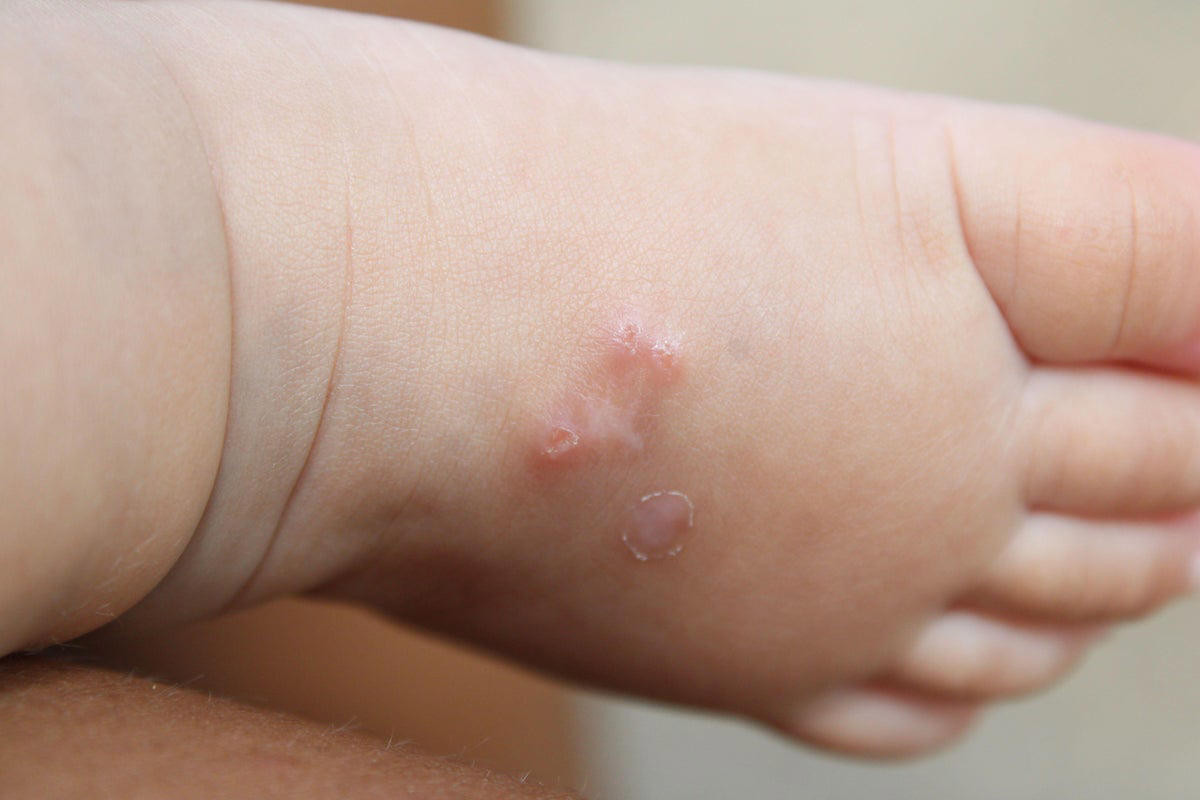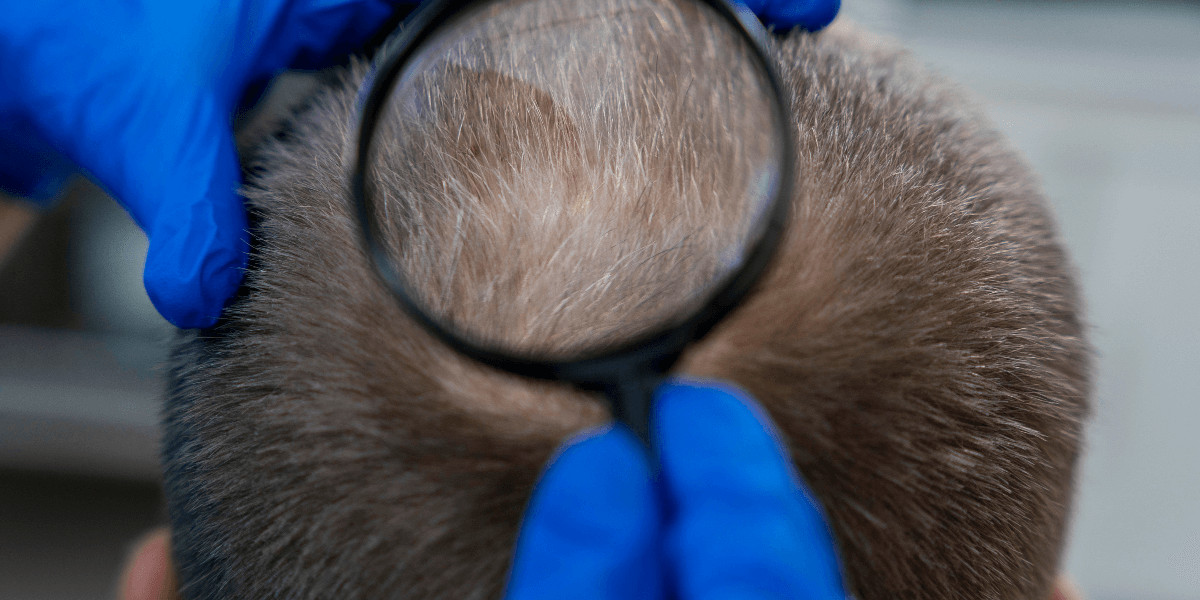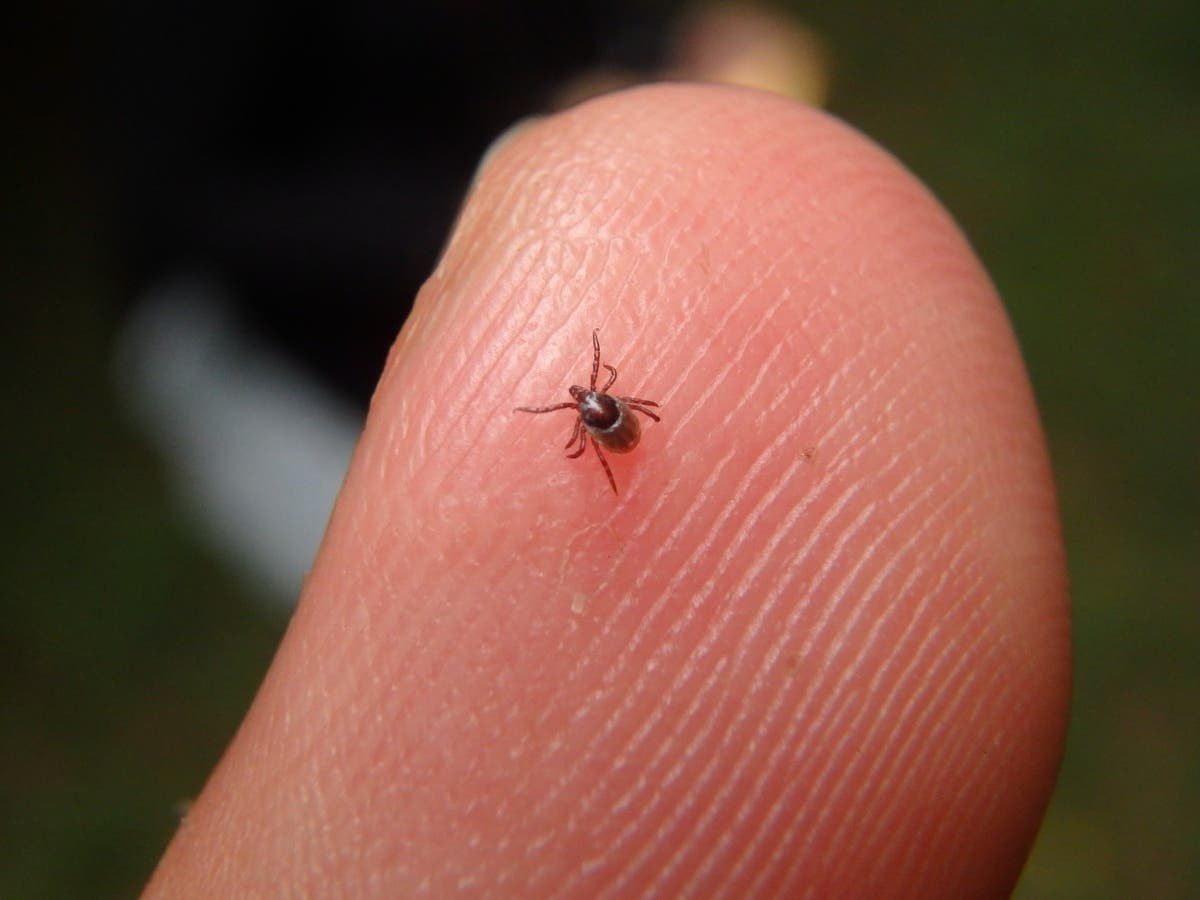A scabies outbreak ravaging four NSW hospitals has blown out, as health officials assure residents they are “working hard to control the outbreak”.
Scabies Outbreak: A Growing Concern
Illawarra Shoalhaven Local Health District (ISLHD) chief executive Margot Mains said she recognised the “impact this unpleasant condition has had on patients and staff”.
“(I) would like to reassure them and the community that we are working hard to control the outbreak and support those affected,” Ms Mains said in a statement.
Scabies is a treatable infectious skin condition caused by tiny mites which burrow into the skin, but like headlice can be difficult to contain – especially in a hospital setting.
“Because scabies has an incubation period of up to six to eight weeks, is easily transmitted and can have minimal symptoms initially, there may be undetected cases within our facilities and community,” she said.
“To prevent the risk of further transmission, the district will provide preventative treatment for all current inpatients and staff across all our hospital sites and services.”
Symptoms of Scabies: What to Watch For
Symptoms of scabies include rashes, commonly on the wrists, between fingers and toes, in the armpits, elbows, groin and bottom, as well as sores and thick skin crusts.
In an earlier statement, Health Minister Ryan Park said “people don’t have to be worried or scared” of scabies, and that hospitals were necessarily being “overly cautious”.
“That’s why we’re doing everything we can to try and make sure that not only are our patients treated and looked after and prevented from (getting) scabies, but also our staff and those visiting the hospital,” he said.
“Scabies is something that is quite common, doesn’t have any long term impacts, and it’s easily treatable.”
Scabies Outbreak: A Challenge for Hospital Settings
Four major NSW hospitals have been hit with an outbreak of scabies – a highly infectious skin condition caused by parasitic mites which burrow underneath a patient’s skin.
On Monday, NSW Health said 23 staff and 11 patients had been diagnosed with scabies across a “number of wards” at Wollongong, Coledale, Shellharbour and Bulli hospitals in the Illawarra Shoalhaven Local Health District (ISLHD).
ISLHD executive director of medical services Karen Murphy called on patients who had been discharged from the hospital since mid-May to monitor for symptoms.
People who develop an itchy rash, which is most commonly found between the fingers, and in skin folds, are urged to visit their GP.
“While scabies is usually treated effectively with no long-term complications, the condition can be unpleasant and requires treatment to kill the infestation,” she said.
The health district’s chief executive Margot Mains likened the condition to head lice, and said it was a “common and very treatable condition”.
Discomfort from the itchy rashes can be controlled through the application of creams, and lotions.
However Ms Mains said scabies can be “difficult to contain” in hospital settings, and in areas with a “high transit level of staff between wards,” with the parasite spreading through close skin-to-skin contact.
“Because scabies has an incubation period of up to six to eight weeks, is easily transmitted and can have minimal symptoms initially, there may be undetected cases within our facilities and community,” she said.
“To prevent the risk of further transmission, the district will provide preventative treatment for all current inpatients and staff across all our hospital sites and services,” she said.
The first cases linked to the outbreak was confirmed at the major Wollongong Hospital in late July, and NSW Health said “immediate” actions were taken to limit transmission.
The district says it has taken “a thorough and extensive” transmission tracing processes and is contacting staff and patients who may have been impacted, or are at a high risk of developing symptoms.
A Challenging Situation for Hospitals
The outbreak underscores the challenges healthcare facilities face in controlling contagious conditions, particularly in environments where close contact is inevitable. While scabies is treatable, the outbreak serves as a reminder of the importance of robust infection control measures and prompt detection and treatment to minimize transmission. The ongoing response from the ISLHD demonstrates a commitment to addressing the outbreak and protecting the health of patients, staff, and the wider community.
The ISLHD's preventative treatment strategy, contact tracing efforts, and communication with discharged patients are crucial steps to contain the spread of scabies. By raising awareness of the condition, its symptoms, and the importance of seeking medical advice when necessary, the district aims to empower individuals to play an active role in preventing further transmission and ensuring the well-being of everyone in the community.

















